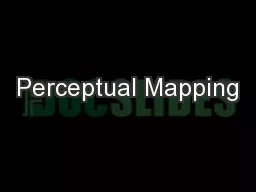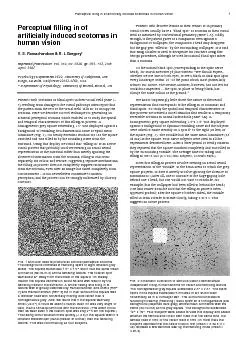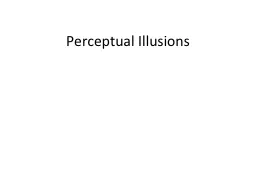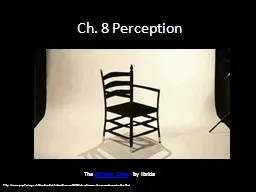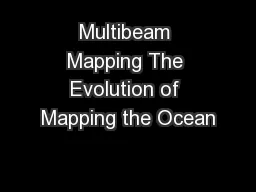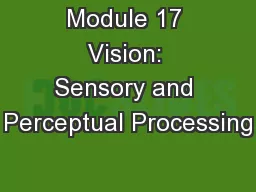PPT-Perceptual Mapping
Author : tatiana-dople | Published Date : 2015-09-30
This module introduces two perceptual mapping methodologies attribute rating and overall similarity Authors Ron Wilcox and Stu James 2013 Ron Wilcox Stu James and
Presentation Embed Code
Download Presentation
Download Presentation The PPT/PDF document "Perceptual Mapping" is the property of its rightful owner. Permission is granted to download and print the materials on this website for personal, non-commercial use only, and to display it on your personal computer provided you do not modify the materials and that you retain all copyright notices contained in the materials. By downloading content from our website, you accept the terms of this agreement.
Perceptual Mapping: Transcript
Download Rules Of Document
"Perceptual Mapping"The content belongs to its owner. You may download and print it for personal use, without modification, and keep all copyright notices. By downloading, you agree to these terms.
Related Documents

